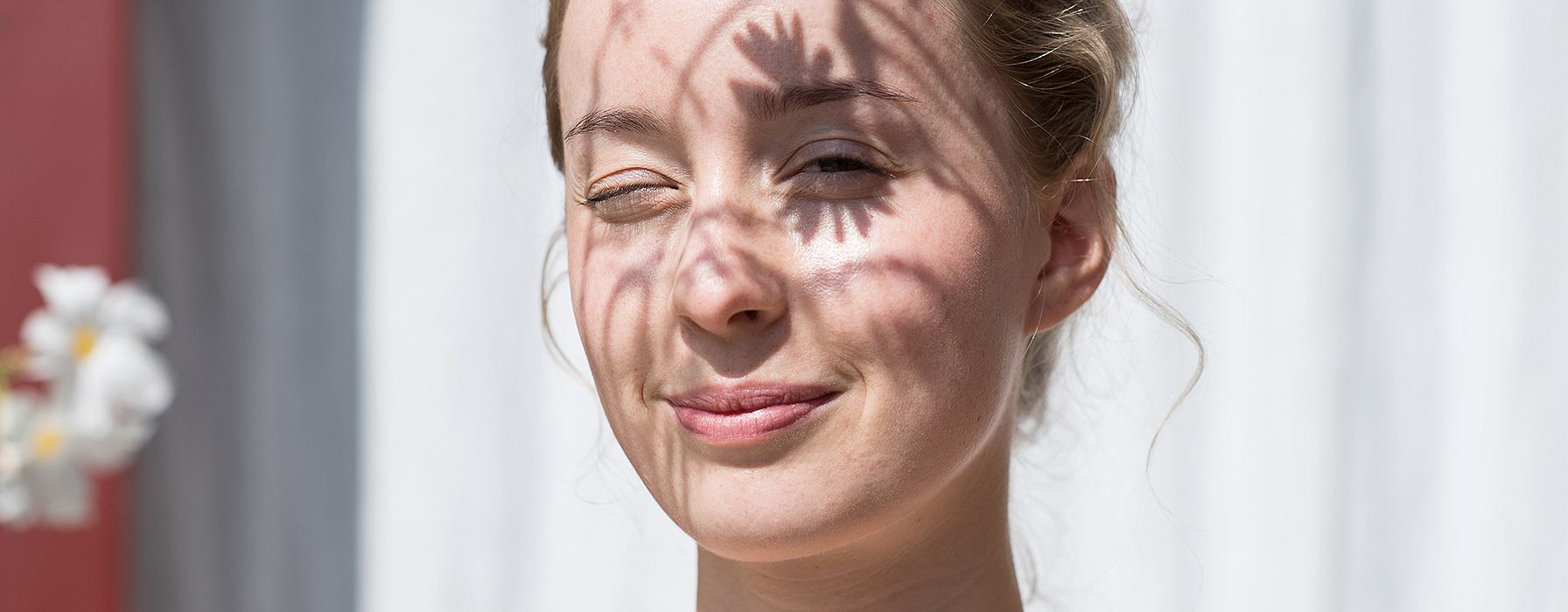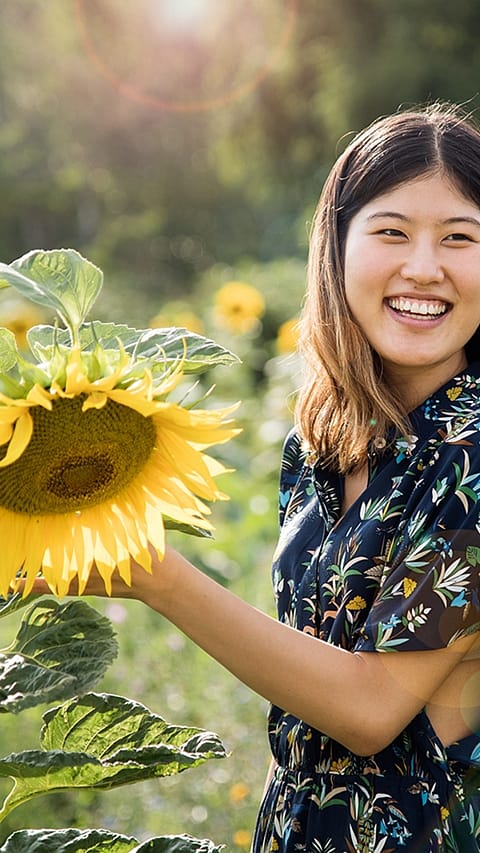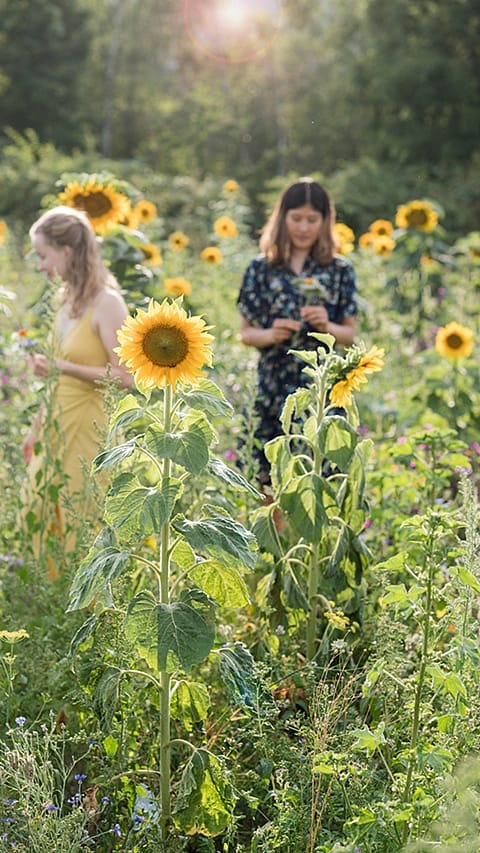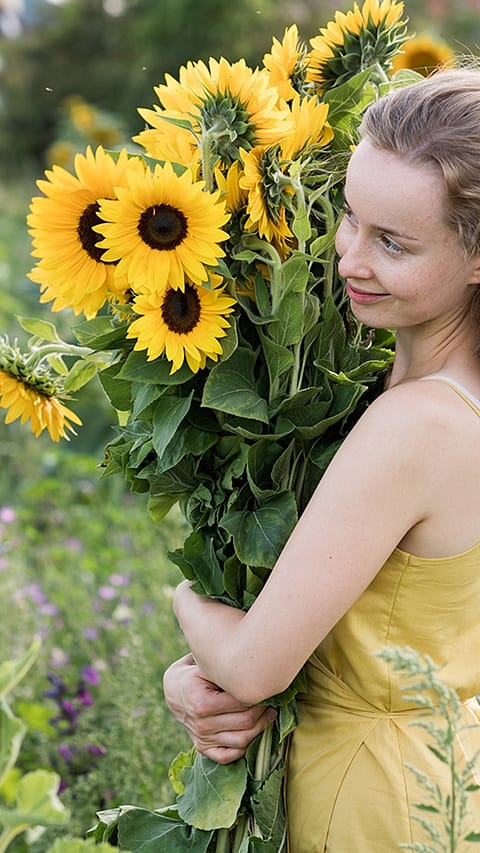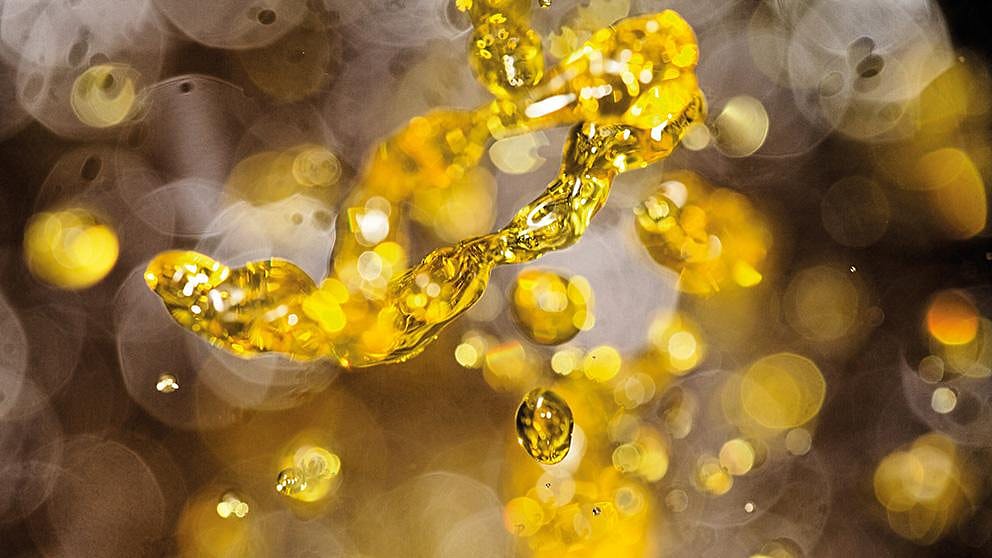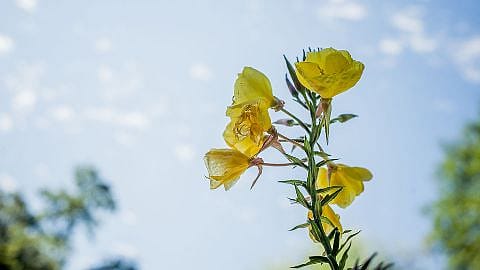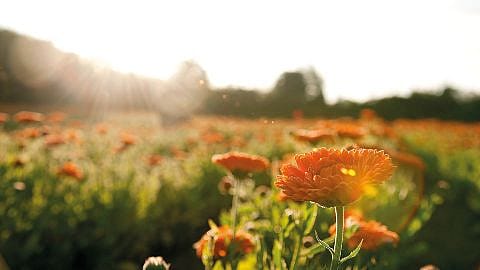Looking for the light
The sun’s rays shine down onto the earth, illuminating our living spaces, the meadows and the sea. Light accompanies us throughout the day and influences all living things. The natural cycles of light and dark set the rhythm of life.
It is banal and fantastic at the same time: we get tired, fall asleep, wake up, and experience peak times and lulls in the course of the day. Behind these self-evident processes, a complex control system is at work: our “inner clock”. A pea-sized part of the brain, the suprachiasmatic nucleus (SCN) is our central timekeeper. It transmits information to trillions of peripheral clocks located in cells throughout our body. These different clocks communicate with each other through hormones and the automatic nervous system. As the master clock, the SCN receives impulses from special light sensory cells in the eye to synchronise our internal cycles with the outside world.
The whole plant “sees”
Plants don’t have eyes, but they react to light like humans do. The whole plant “sees” through the colour pigments in its leaves, buds, stems and flowers. “In my research I discovered a unique group of genes necessary for a plant to determine if it’s in the light or in the dark. Much to my surprise and against all of my plans, I later discovered that this same group of genes is also part of the human DNA. [...] Many years later and after much research we now know that these genes not only are conserved between plants and animals but also regulate (among other developmental processes) responses to light in both!” writes biologist Daniel Chamovitz in his book, What a Plant Knows: A Field Guide to the Senses (2012). Seedlings grow towards a light source; flowers open at dawn and close at dusk. In spring, as soon as the day-to-night ratio exceeds a certain threshold, flowers begin to bloom. With its characteristic yellow petals, the sunflower lives up to its name, following the sun’s daily path across the sky. The hormone auxin, which stimulates stronger growth in parts of the plant that are shaded, causes the plant to bend towards the sun and capture more light.
Plant oils contain light energy
The physician Julius Robert Mayer (1814–1878) was the first natural scientist to understand that photosynthesis involves the conversion of light energy into chemical energy. The glucose formed in the process is converted by biochemical reactions into fat, which is also present in the seeds – which contain the beneficial oils that we can enjoy.
References
Daniel Chamovitz: What a Plant Knows: A Field Guide to the Senses. New York: Scientific American / Farrar, Strauss and Giroux: 2012
Stefano Mancuso, Alessandra Viola: Brilliant Green: The Surprising History and Science of Plant Intelligence, Washington, DC: Island Press, 2015
Kathrin Meyer und Judith Elisabeth Weiss (Hrsg. für das Deutsche Hygiene-Museum Dresden): „Von Pflanzen und Menschen“, Wallstein, 2019
Till Roenneberg: „Wie wir ticken. Die Bedeutung der Chronobiologie für unser Leben“, Dumont, 2012
